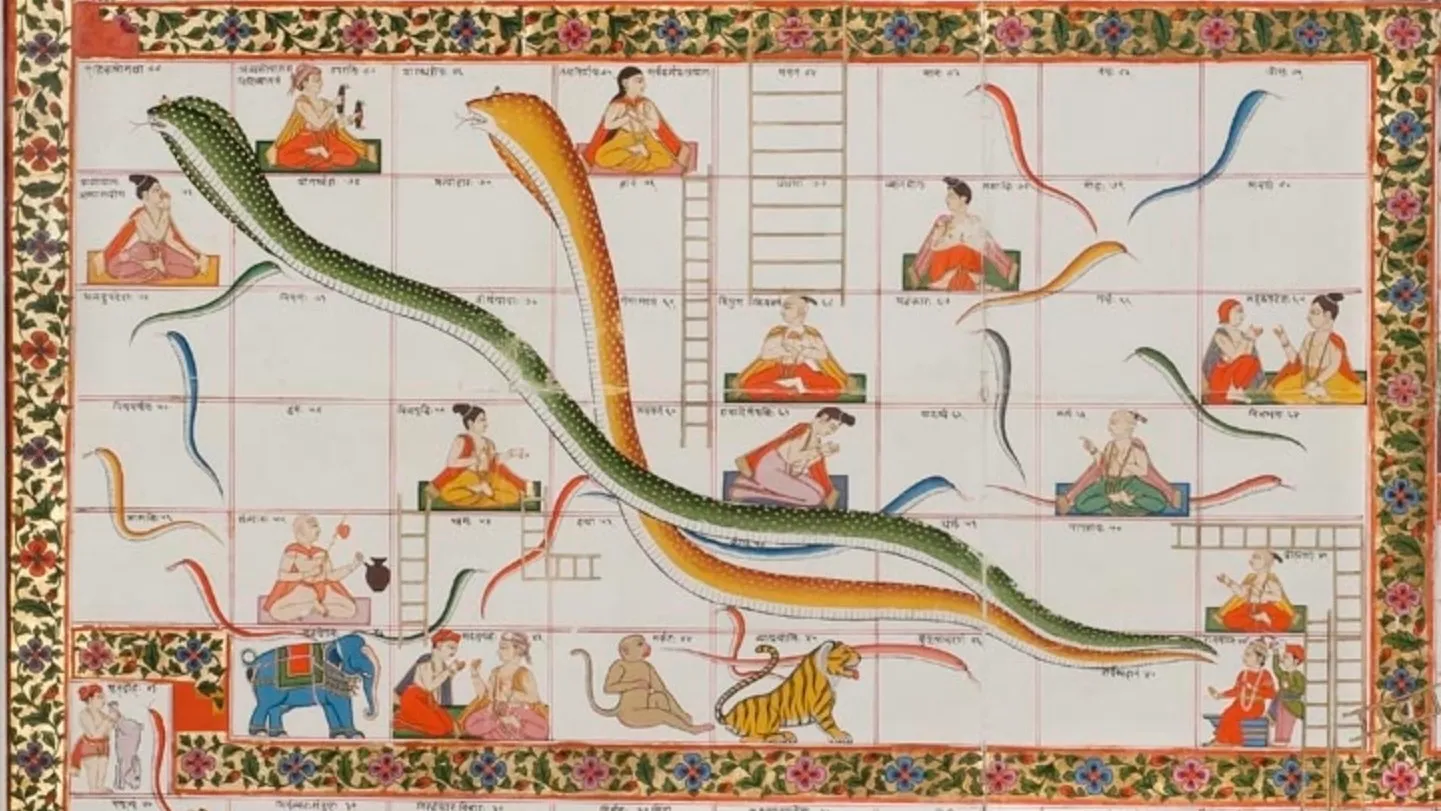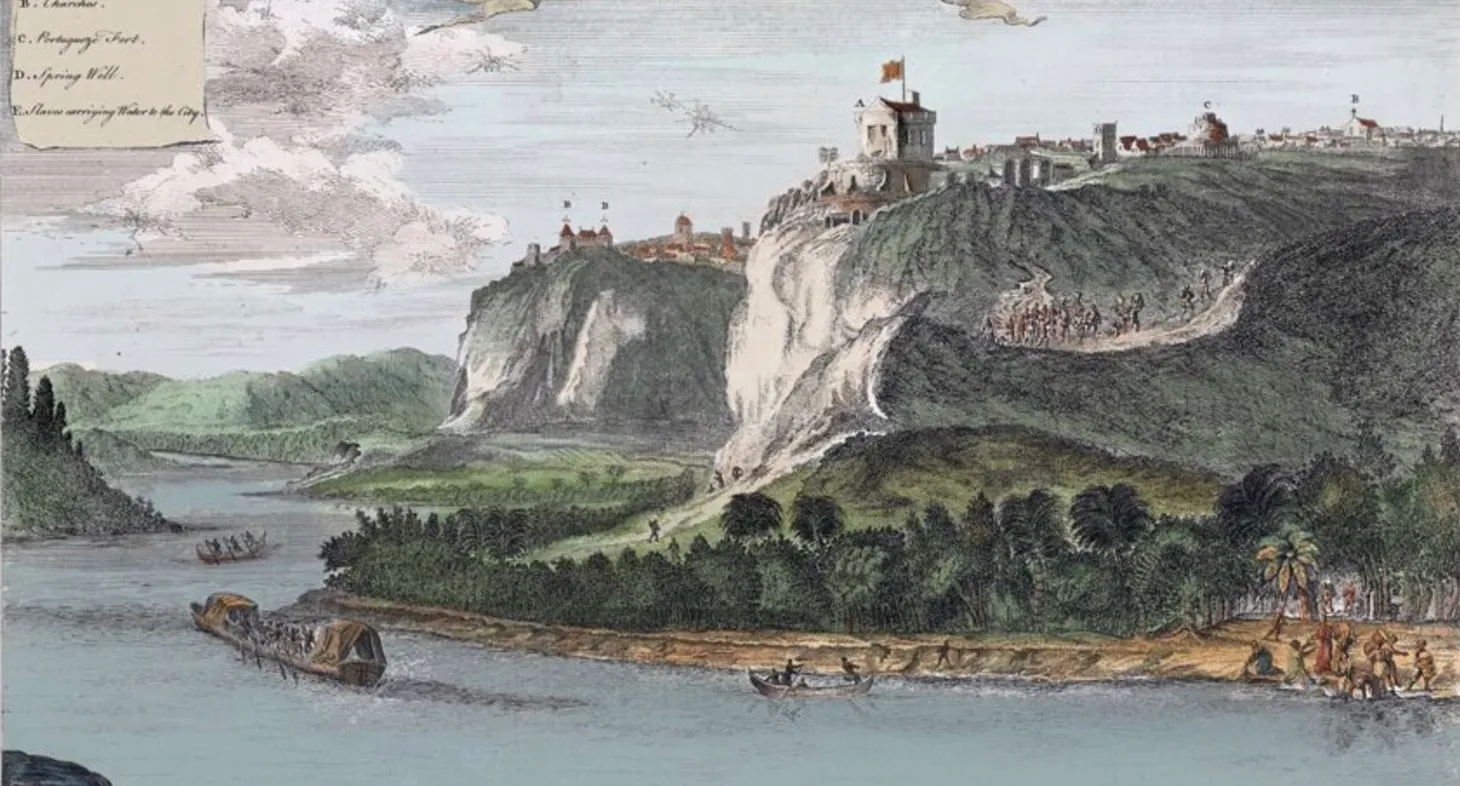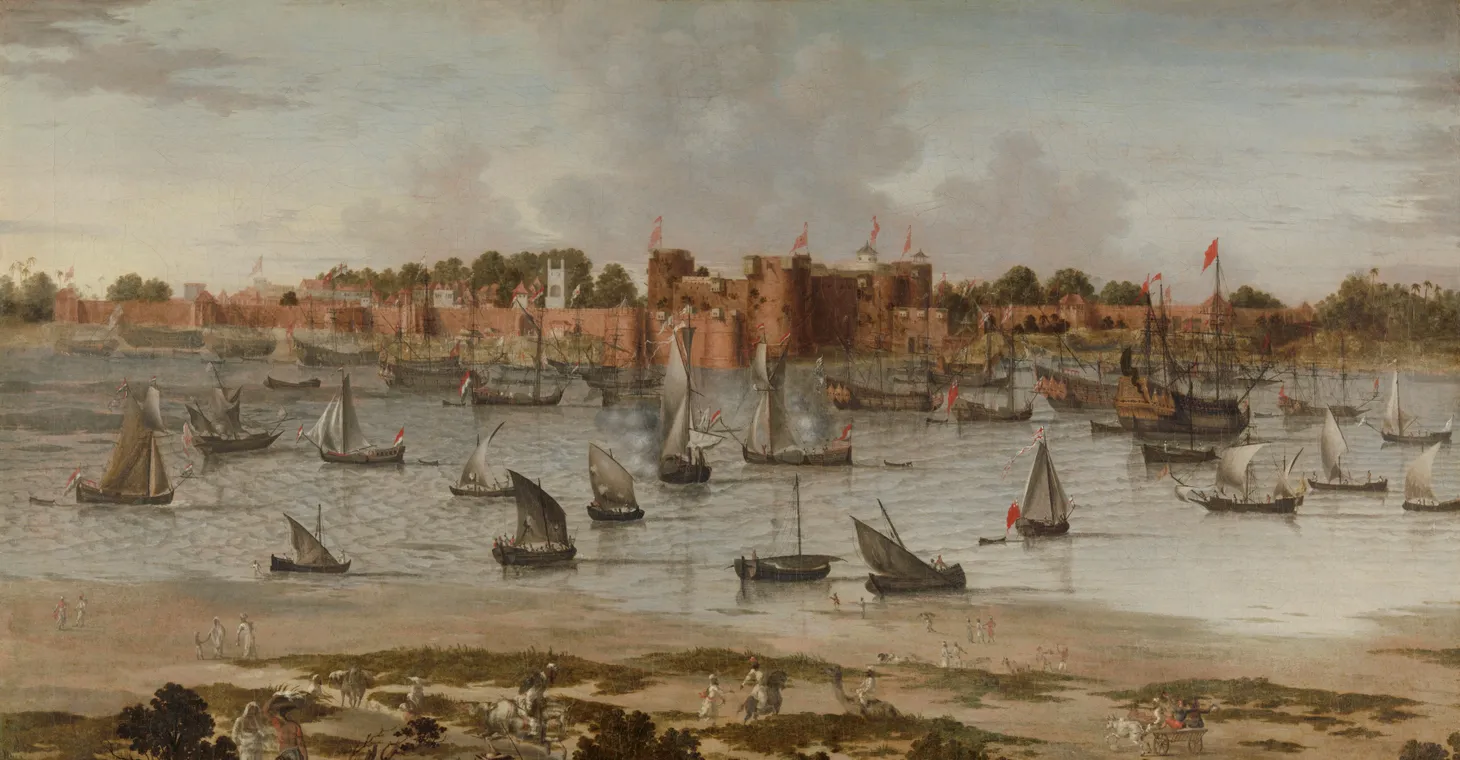“A Localized, Global Network of Resistance”: Teaching Resistance to Economic Globalization
Teaching resistance to globalization using the 1999 Seattle WTO protests
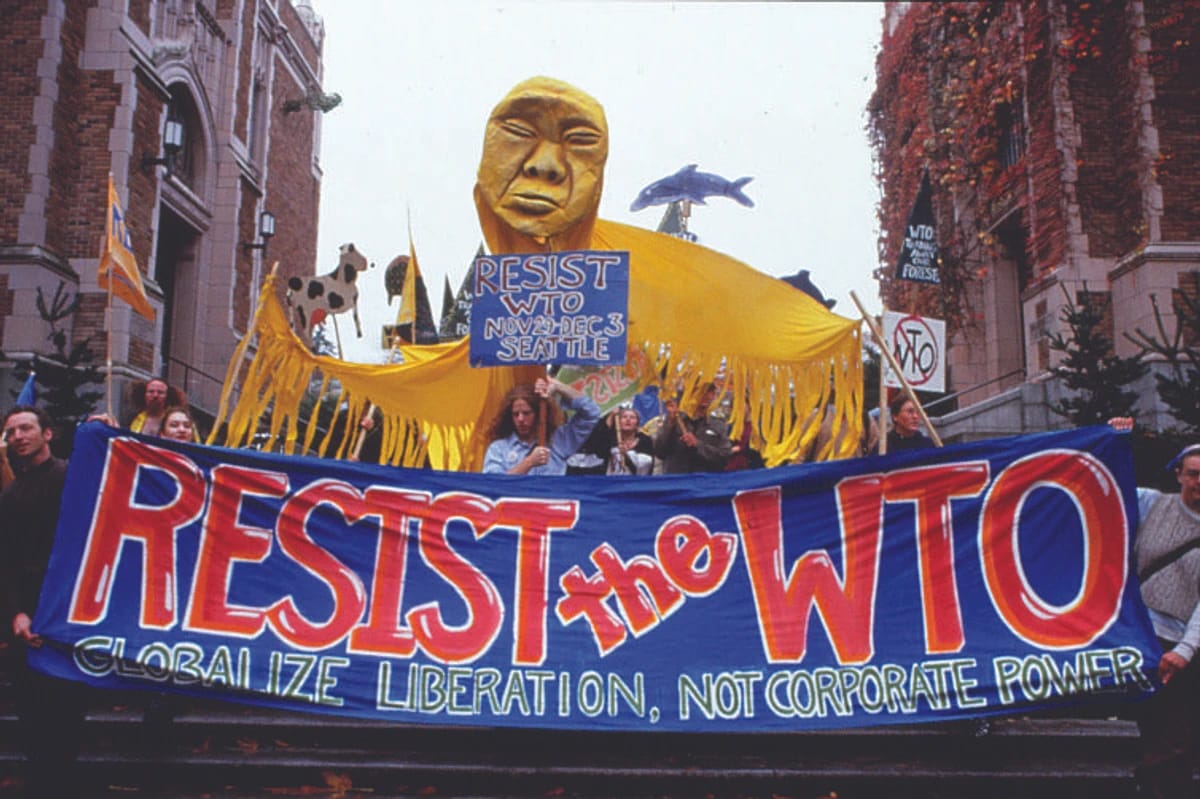
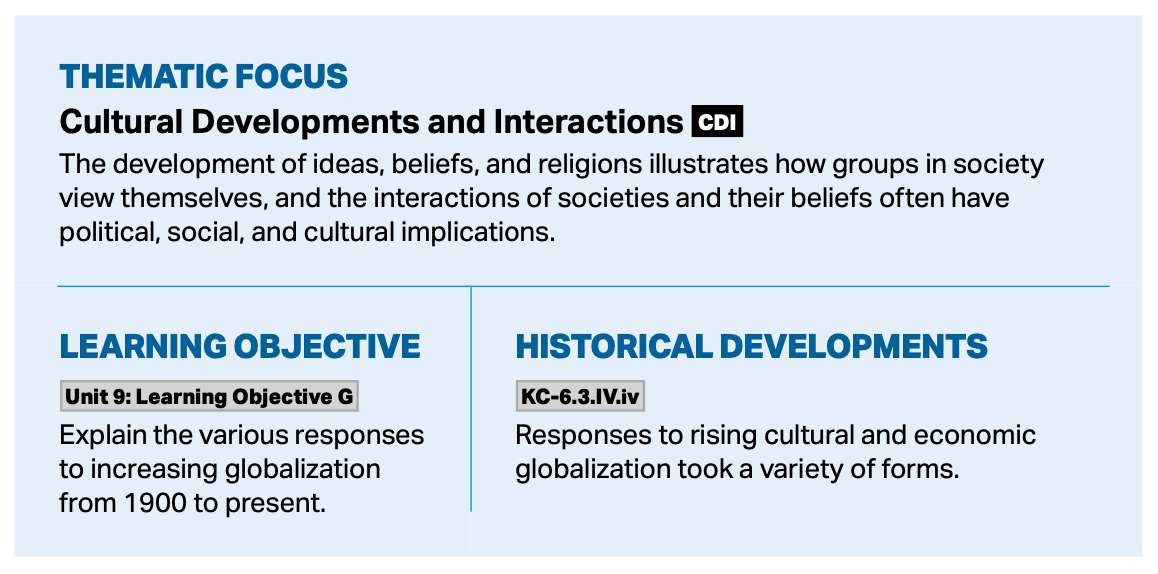
In the late twentieth century, protesters worldwide increasingly challenged and resisted economic globalization. One of the most well-known examples of this resistance was the 1999 Seattle World Trade Organization protests, which occurred when the WTO attempted to hold its ministerial conference in downtown Seattle. There is even a fictional movie (Battle in Seattle) made about the protests.
The Source
This Content is for Subscribers on the Buy Me Lunch and Buy Me Dinner tiers
SubscribeAlready have an account? Log in

